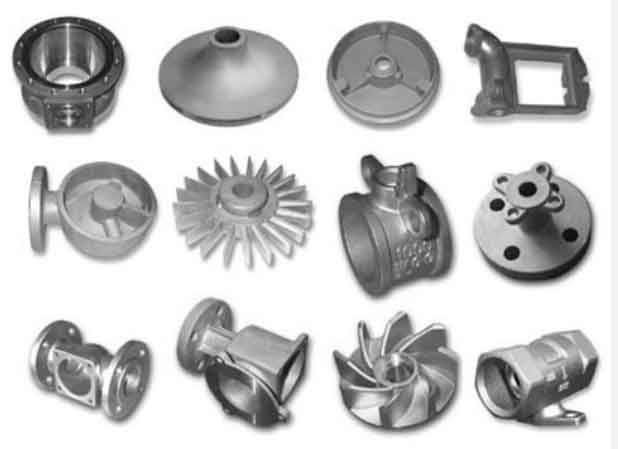Producing high-quality grey cast iron involves several steps, from the initial design and pattern making to the final machining of the cast components. Here’s an overview of the process:

- Pattern Making: The process begins with creating a pattern, which is a replica of the final component. The pattern is usually made of wood, plastic, or metal and is used to create the sand molds.
- Mold Preparation: A sand mold is made around the pattern to form the cavity that will shape the molten metal. The sand mixture is carefully prepared to ensure it has the right composition and properties for effective casting.
- Mold Assembly: Once the sand mold is ready, it is assembled with gating systems to allow the molten metal to flow into the cavity. The gating system includes sprue, runner, and gates.
- Melting: Grey cast iron is made by melting scrap iron and other materials in a furnace. The molten metal is carefully controlled to achieve the desired composition and temperature.
- Pouring: The molten grey cast iron is poured into the prepared sand molds. The pouring process must be carefully managed to prevent defects and ensure uniform filling.
- Solidification: After pouring, the molten metal cools and solidifies inside the sand mold, taking the shape of the pattern.
- Shakeout and Cleaning: Once the casting has solidified, the sand mold is broken open, and the casting is removed. The casting is then cleaned to remove any remaining sand and other impurities.
- Heat Treatment: Depending on the application, grey cast iron castings may undergo heat treatment processes to improve their mechanical properties and remove internal stresses.
- Machining: After heat treatment, the castings are machined to achieve the desired dimensions and surface finish.
- Quality Control: Throughout the entire process, rigorous quality control measures are taken to ensure the castings meet the required standards and specifications. Non-destructive testing methods like X-ray and ultrasonic testing may be used to inspect the castings for any defects.
- Finishing and Painting: Once the castings are machined and inspected, they may undergo further finishing processes such as polishing, grinding, or painting, depending on the specific application.
- Packaging and Distribution: Finally, the finished grey cast iron components are packaged and sent to their intended destination, such as assembly lines or customers.
The entire process demands skilled workers, precise control of variables like temperature and composition, and strict adherence to quality standards to produce high-quality grey cast iron components that meet the required mechanical properties and specifications.
